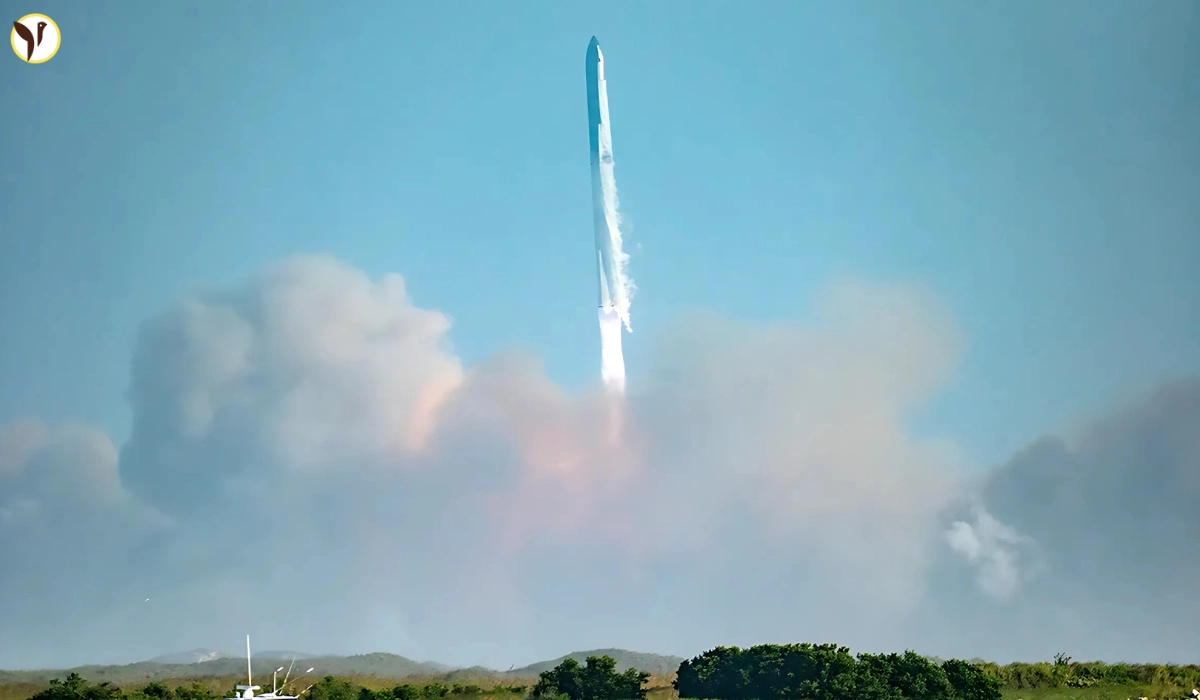On May 27, 2025, SpaceX sent up its ninth Starship test rocket from their Starbase in Texas. The mission marked the first reuse of a Super Heavy booster, aiming to demonstrate key advancements in reusability. The initial phase of the flight proceeded as planned, with successful liftoff and stage separation. About 30 minutes after takeoff, the Starship’s upper part started spinning out of control because of a fuel leak. This caused it to break apart over the Indian Ocean.
The Super Heavy booster, designated Booster 14, was also lost during its descent. It exploded over the Gulf of Mexico during the landing burn, failing to achieve a controlled splashdown.
Mission Objectives and Setbacks
The mission aimed to test several objectives, including the deployment of Starlink satellite simulators and a controlled reentry of the Starship upper stage. Sadly, a problem with the payload door stopped the satellites from being released, and losing control of the ship made it hard to carry out the reentry tests.
Despite these setbacks, SpaceX considers the data collected from the flight valuable for future developments. The company emphasized that such tests are crucial for refining the Starship system, which is central to Elon Musk's vision of enabling human missions to Mars.
Image Source: Fox News









